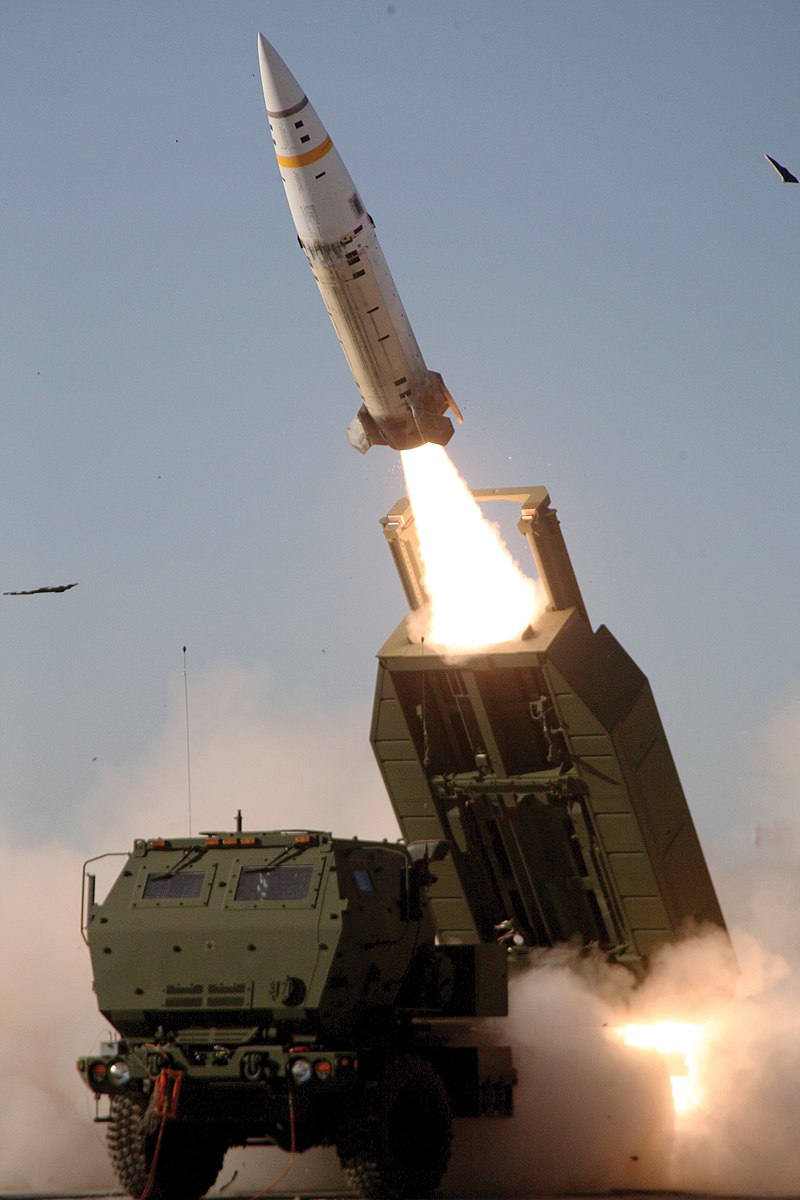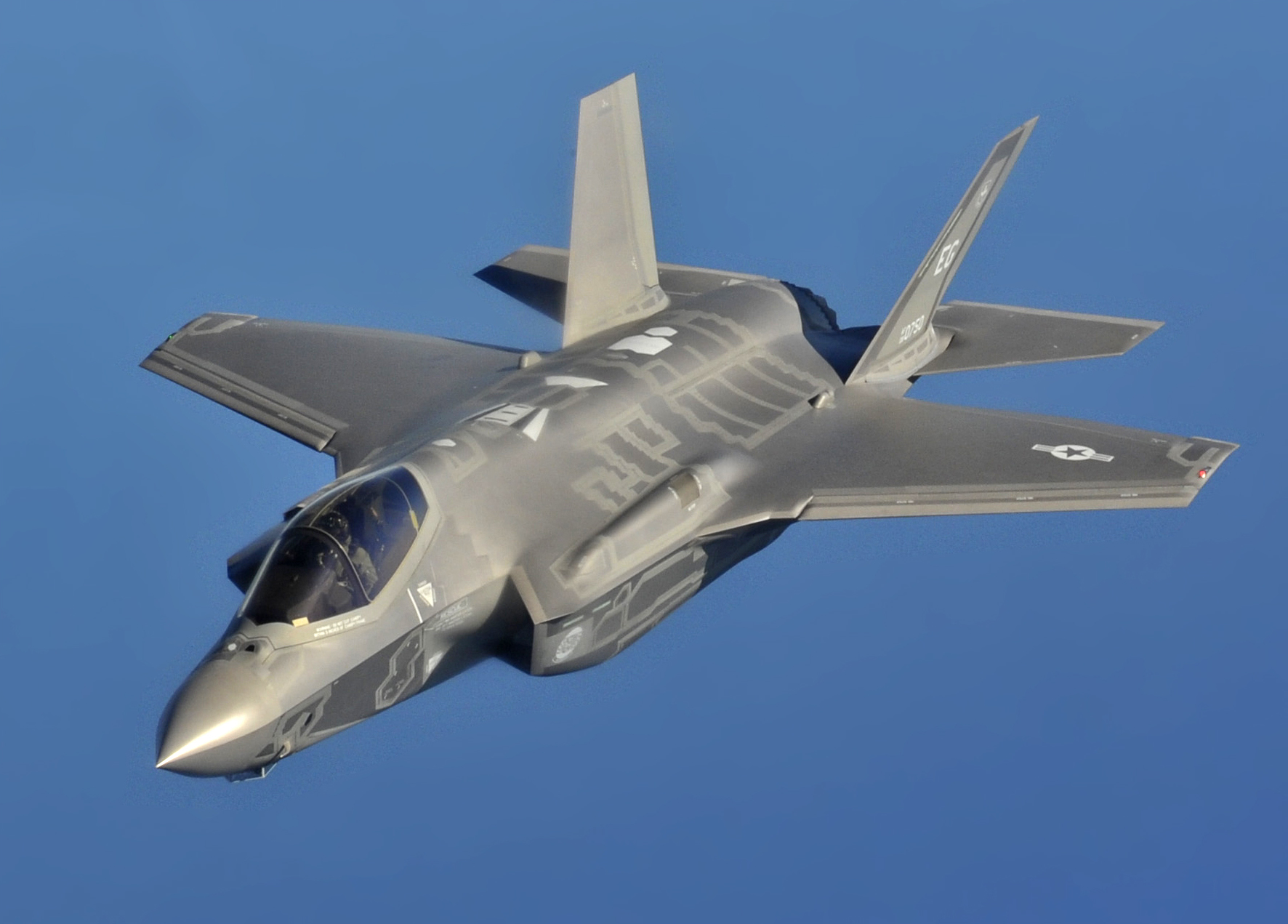
Precision With a Price Tag - Inside Lockheed Martin’s $4.94 Billion Missile Win and Its Strategic Reverberations
Precision With a Price Tag: Inside Lockheed Martin’s $4.94 Billion Missile Win and Its Strategic Reverberations
At precisely $4,937,045,400, the contract awarded to Lockheed Martin for the Precision Strike Missile (PrSM) Increment One program is not just another line item in the Army’s budget. It’s a defining signal — of shifting doctrines, escalating global stakes, and the enduring power of defense industry incumbents.
Announced today by the U.S. Department of Defense, the fixed-price deal—set to run through March 2030—cements Lockheed’s central role in the U.S. military’s effort to overhaul long-range precision fires. Yet beneath the surface of this monumental agreement lies a battle of its own: a collision of strategic necessity, financial scrutiny, and institutional inertia.

The contract, solicited online and awarded with only a single bid, has drawn as much scrutiny as it has praise. Its implications ripple from factory floors in Texas to trading floors in New York, touching on everything from military strategy to industrial policy.
From Legacy to Lethality: Why the PrSM Program Matters
The Precision Strike Missile, known in military shorthand as PrSM, is designed to replace the aging ATACMS (Army Tactical Missile System), extending both the range and agility of the U.S. Army’s long-range fires portfolio. Increment One is the first deployable variant, focused on stationary land targets—but future increments are expected to pursue more complex capabilities, such as engaging moving or maritime targets.

“This isn’t just about range. It’s about survivability, mobility, and integration into multi-domain operations,” said one defense analyst familiar with Indo-Pacific operational planning. “It fundamentally redefines the Army’s reach.”
Did you know that Multi-Domain Operations (MDO) represent a cutting-edge military strategy that integrates activities across five key domains: Maritime, Land, Air, Space, and Cyberspace? This approach combines military and non-military efforts to create decisive advantages over adversaries by synchronizing operations across these domains. MDO emphasizes rapid decision-making, adaptability, and the use of advanced technologies like cyber capabilities and space-based assets. It operates across the entire spectrum of conflict, from peacetime competition to armed conflict, aiming to deter adversaries and assure allies. By leveraging these integrated operations, military forces can disrupt enemy systems and maintain freedom of maneuver, making MDO a crucial component of modern defense strategies.
Supporters see the program as vital to maintaining overmatch in increasingly contested theaters, particularly in the Indo-Pacific, where adversaries are deploying layered anti-access/area denial (A2/AD) systems. With the ability to deliver precision effects at extended distances, PrSM could become a keystone in deterring peer-level threats.
Overview of Anti-Access/Area Denial (A2/AD) Strategy
| Aspect | Description |
|---|---|
| Definition | A military strategy aimed at preventing or limiting an adversary's ability to enter or operate in a specific area. |
| Anti-Access (A2) | Long-range actions to prevent adversaries from entering the operational area (e.g., ballistic missiles, cyber operations). |
| Area Denial (AD) | Short-range actions to restrict adversaries' movement within the area (e.g., surface-to-air missiles, mines). |
| Key Features | Multi-domain approach (land, air, sea, space, cyberspace) and reliance on interconnected technologies. |
| Applications | Defensive use to deter stronger opponents; offensive potential to disrupt enemy operations in contested zones. |
| Examples | - China: South China Sea and Taiwan A2/AD zones.- Russia: Kaliningrad and Arctic A2/AD deployments. |
| Challenges | Vulnerable to countermeasures like targeting command-and-control nodes or using advanced technologies such as hypersonic weapons. |
The Strategic Bet on Lockheed Martin
Lockheed Martin’s Grand Prairie facility in Texas will serve as the heart of this effort. The award represents a firm-fixed-price commitment, meaning Lockheed—not the government—will absorb cost overruns. For investors, that confidence in execution could be reassuring. For taxpayers, the lack of price flexibility could be concerning if anything goes awry.

Comparison of Firm-Fixed-Price (FFP) and Cost-Plus Contracts
| Feature | Firm-Fixed-Price (FFP) | Cost-Plus |
|---|---|---|
| Cost Certainty | High | Low |
| Risk Allocation | Contractor assumes risk | Buyer assumes risk |
| Flexibility | Low | High |
| Scope Changes | Requires renegotiation | Easily accommodates changes |
| Administrative Effort | Minimal for buyer | High for buyer (requires oversight) |
| Suitability | Well-defined projects | Evolving or complex projects |
Industry watchers point to Lockheed’s successful track record in similar programs. “They’ve done this dance before,” noted one expert. “Fixed-price contracts are risky, but if anyone knows how to navigate them while delivering on performance, it’s Lockheed.”
Indeed, analysts are already modeling upward revenue revisions. With the contract expected to run until 2030, it provides a multi-year boost to the firm’s backlog and earnings visibility. Several believe the success of Increment One could unlock additional modernization work, such as seeker upgrades and range extensions—each representing its own revenue stream.
One Bid, Many Questions: Competition and Oversight Under the Microscope
Yet for all its strategic logic, the process has raised eyebrows. Only one bid was received. Some in the defense budgeting community worry this reflects a growing lack of competition in high-end weapons procurement.
Market Share Concentration of Top U.S. Defense Contractors Over Time
| Year | Combined Market Share of Top 5 Contractors (% of DoD Prime Contract Obligations) |
|---|---|
| ~1990s | Fewer than 51 prime contractors consolidated down to 5 by the early 2000s. |
| FY 2000 | 27.8%. |
| FY 2015 | ~25% (reached a low point during this time). |
| FY 2017 | 33%. |
| FY 2020 | 36% (highest level in two decades). |
| FY 2021 | 29.4%. |
| FY 2022 | ~29% (received $121.5 billion in obligations). |
This table outlines the market share concentration among the top five U.S. defense contractors over several key years, highlighting trends in consolidation and fluctuations in their share of Department of Defense (DoD) prime contract obligations.
“We’re witnessing a de facto monopoly in some defense segments,” cautioned a defense procurement specialist. “If the Pentagon is essentially buying bespoke systems from single suppliers without competitive pressure, you have to ask hard questions about cost discipline and innovation.”
Did you know that the military-industrial complex (MIC), a term coined by President Dwight D. Eisenhower, refers to the powerful alliance between a nation's military, government, and defense industry? This complex has evolved from wartime collaborations into a permanent sector influencing public policy and democratic governance. It includes defense contractors like Boeing and Lockheed Martin, government agencies such as the U.S. Department of Defense, and think tanks that shape defense policies. Critics argue that the MIC promotes excessive military spending and militarization of foreign policy, potentially undermining democracy by concentrating power among a few stakeholders. Despite its origins in World War II, the MIC remains a significant force today, shaping international relations and security strategies amidst ongoing global tensions.
That criticism dovetails with long-standing concerns about the so-called military–industrial complex, and the concentration of critical programs within a handful of contractors. While Lockheed’s technical capabilities are undisputed, critics argue that the structural dynamics of defense acquisition leave few paths for emerging players.
Moreover, the timing of this contract comes as Congress is sharpening its oversight of defense spending, particularly on multi-billion-dollar programs with little transparency in pricing.
Geopolitical Winds Drive Procurement Priorities
The PrSM contract doesn’t exist in a vacuum. It lands at a time when the global security environment is increasingly volatile. From Indo-Pacific flashpoints to Eastern Europe, the Pentagon is doubling down on rapid deployability and integrated fires.
And it’s not just the U.S. military that’s watching closely.
“If Lockheed nails performance on Increment One, allied militaries—especially those within NATO or the Pacific Deterrence Initiative umbrella—will likely line up,” one regional strategist suggested. “They’re all facing similar threat envelopes.”
The Pacific Deterrence Initiative (PDI) is a dedicated U.S. funding mechanism focused on strengthening military capabilities and enhancing posture in the Indo-Pacific region. Its primary goal is to deter potential adversaries, primarily China, by investing in areas like missile defense, intelligence, and forward presence.
In that sense, the contract is not just about U.S. readiness; it could become a bellwether for global modernization trends. And while export approvals would be politically sensitive, the industrial path has now been cleared.
Financial Markets Take Notice: A New Era for Defense Equities?
The equity markets, ever sensitive to clear long-term revenue trajectories, responded predictably. Lockheed’s defense segment has been under watch by institutional investors as a hedge against geopolitical risk, and this contract only reinforces that thesis.

“Defense remains one of the few places where you get secular growth with budget certainty,” said a senior portfolio manager at a defense-focused hedge fund. “A firm-fixed-price contract this large, with performance-based upside and a geopolitical tailwind? That’s gold.”
Indeed, analysts predict positive knock-on effects across the defense industrial base, particularly for suppliers of advanced guidance systems, propulsion components, and warhead technologies. In a defense environment increasingly defined by speed, range, and precision, being in the PrSM supply chain could mean a decade of relevance.

A Calculated Risk or Strategic Overreach?
Despite all the enthusiasm, the deal comes with inherent risk. If cost estimates prove too optimistic or development timelines slip, Lockheed could face pressure to absorb losses—unlike cost-plus contracts, where the government typically shoulders the financial burden.
Historical cautionary tales abound. From the Future Combat Systems debacle to delays in the F-35 program, critics are quick to point out how complex defense programs can unravel despite initial optimism.

“This is a calculated risk, no doubt,” said one analyst. “But the stakes—both financially and strategically—are too high to ignore. Lockheed has every incentive to deliver, and the Army cannot afford failure.”
The First Domino in a Longer Strategic Chain?
For now, Increment One is just that—the first increment. But if successful, it could serve as a launching pad for successive upgrades and new procurement waves. Some experts speculate this contract could open doors to AI-enabled targeting, maritime strike capabilities, or even modular payloads adaptable across services.

In that vision, PrSM is not merely a missile—it’s a platform.
And that platform, funded by a nearly $5 billion check, could shape the trajectory of U.S. and allied strike capabilities well into the 2030s.
Power, Precision, and the Price of Progress
As the clock ticks toward the 2030 completion date, all eyes will be on Lockheed Martin—not just to deliver a missile, but to prove that large-scale innovation in defense can still be done with accountability, efficiency, and strategic clarity.
Whether the PrSM Increment One contract becomes a model or a cautionary tale remains to be seen. But one thing is clear: In the high-stakes world of modern warfare and global power projection, precision isn’t just about hitting targets—it’s about getting the future right.